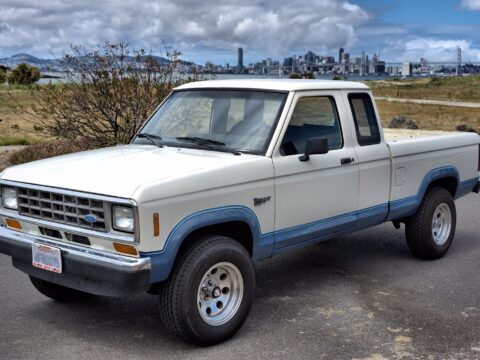Throughout history, ships have played a pivotal role in shaping our world, from ancient trade routes to modern naval warfare. In this article, we explore the 20 most influential ships that have left an indelible mark on maritime history. These iconic vessels, whether through groundbreaking design, remarkable voyages, or significant battles, have changed the way we navigate and understand the seas. Join us as we set sail through time to discover the ships that have made waves in the annals of maritime heritage.
Contents
Santa Maria

Christopher Columbus’s flagship on his first voyage to the Americas in 1492, the Santa Maria was a carrack that symbolized the dawn of European exploration in the New World. With a length of about 62 feet, it carried Columbus and his crew across the Atlantic, paving the way for subsequent voyages and the eventual European colonization of the Americas.
HMS Victory
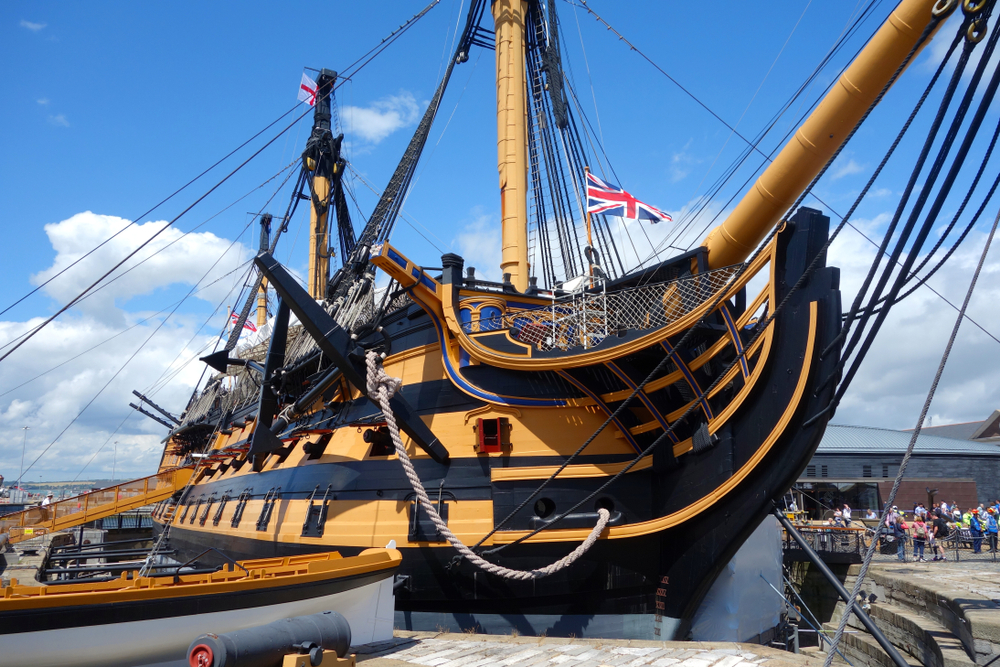
Admiral Horatio Nelson’s flagship at the Battle of Trafalgar in 1805, HMS Victory played a crucial role in securing British naval dominance. This 104-gun first-rate ship of the line is renowned for its formidable firepower and robust construction, making it a symbol of British maritime strength.
Mayflower
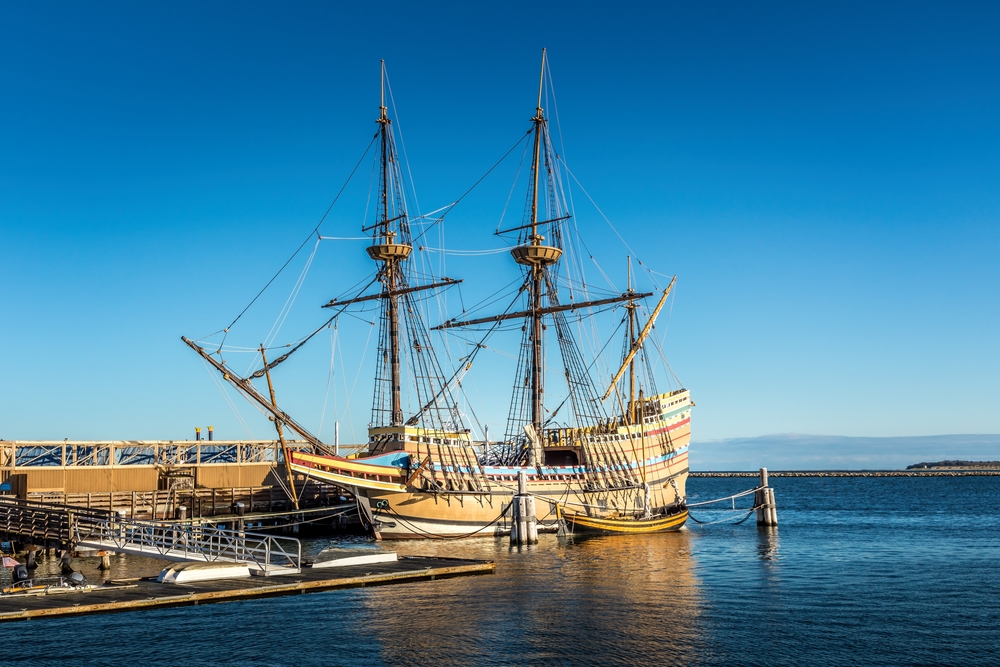
In 1620, the Mayflower transported the Pilgrims from England to North America, establishing one of the earliest European settlements in what would become the United States. The 90-foot-long merchant ship carried 102 passengers and a crew of about 30, enduring a perilous Atlantic crossing that has become a foundational story in American history.
USS Constitution
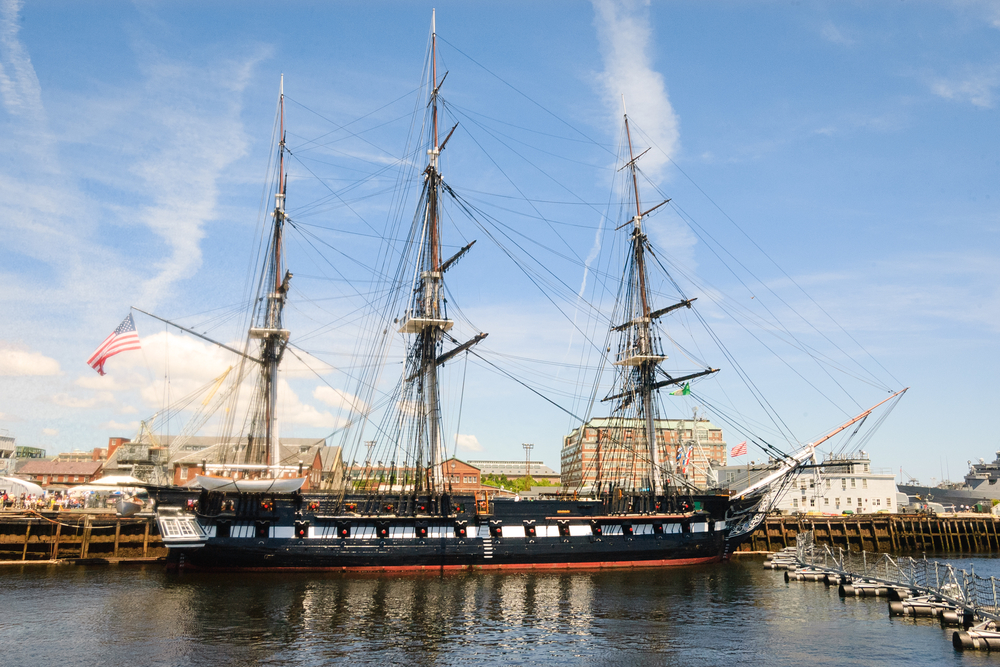
Launched in 1797, USS Constitution, nicknamed “Old Ironsides,” is one of the oldest commissioned naval vessels still afloat. Famous for its undefeated record in battle during the War of 1812, this heavy frigate symbolizes American naval resilience and innovation, with its oak hull that famously repelled British cannonballs.
Titanic

The RMS Titanic, a British passenger liner, sank on its maiden voyage in 1912 after striking an iceberg. At the time, it was the largest ship afloat, boasting luxurious accommodations and advanced safety features. Its tragic sinking, which resulted in the loss of over 1,500 lives, led to significant changes in maritime safety regulations.
Golden Hind
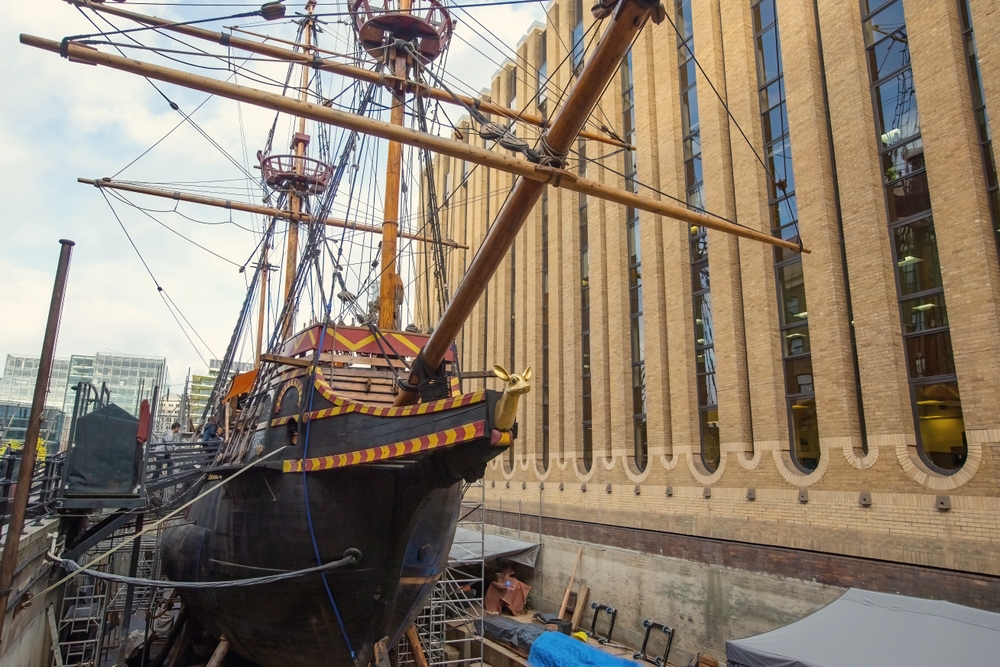
Sir Francis Drake’s flagship during his circumnavigation of the globe from 1577 to 1580, the Golden Hind was a galleon that demonstrated the capabilities of English naval power. This 100-foot ship captured immense treasure from Spanish ships, bolstering England’s naval prowess and wealth.
USS Monitor
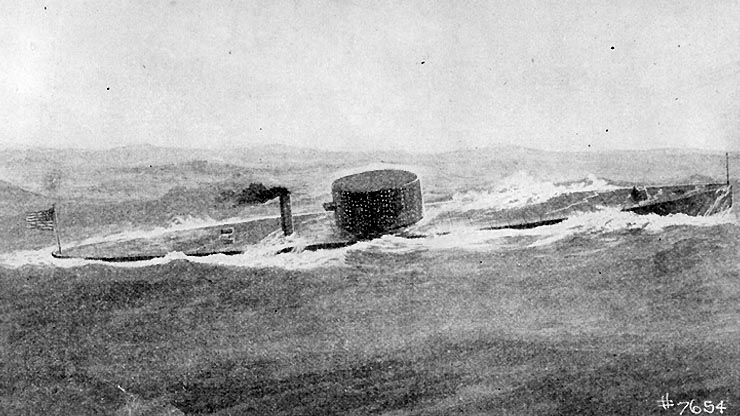
The first ironclad warship commissioned by the U.S. Navy, USS Monitor fought in the Battle of Hampton Roads in 1862. Its innovative design featured a revolving turret, which revolutionized naval warfare by demonstrating the superiority of ironclad ships over wooden vessels.
Endurance
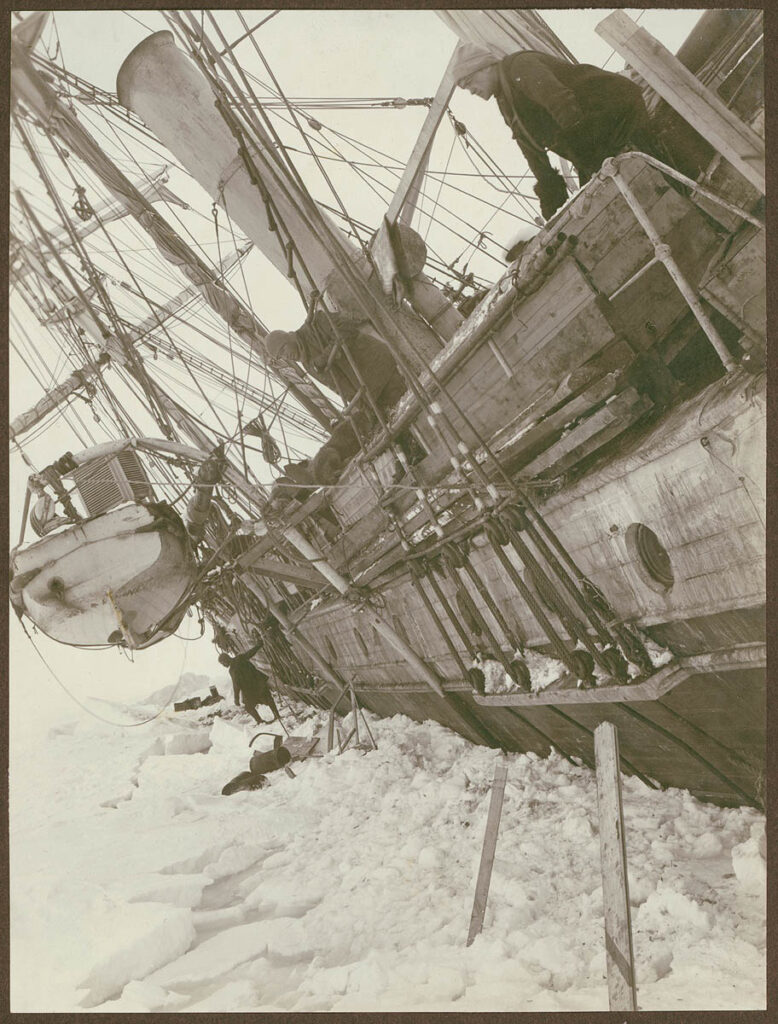
Ernest Shackleton’s ship, the Endurance, was used in his ill-fated Imperial Trans-Antarctic Expedition from 1914 to 1917. Despite being trapped and eventually crushed by pack ice, the ship’s story of survival and Shackleton’s leadership remains a testament to human endurance and exploration in extreme conditions.
Kon-Tiki
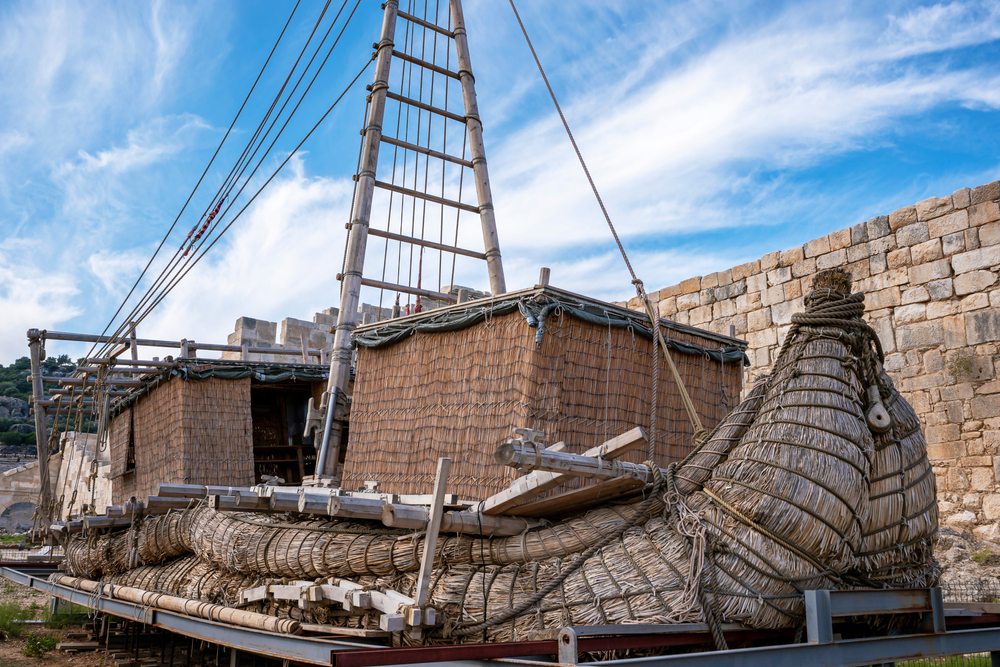
In 1947, Thor Heyerdahl sailed the Kon-Tiki, a primitive balsa wood raft, from South America to the Polynesian islands to demonstrate that ancient peoples could have made long sea voyages, establishing contact between separate cultures. The 101-day journey underscored the potential for ancient maritime navigation.
HMS Beagle
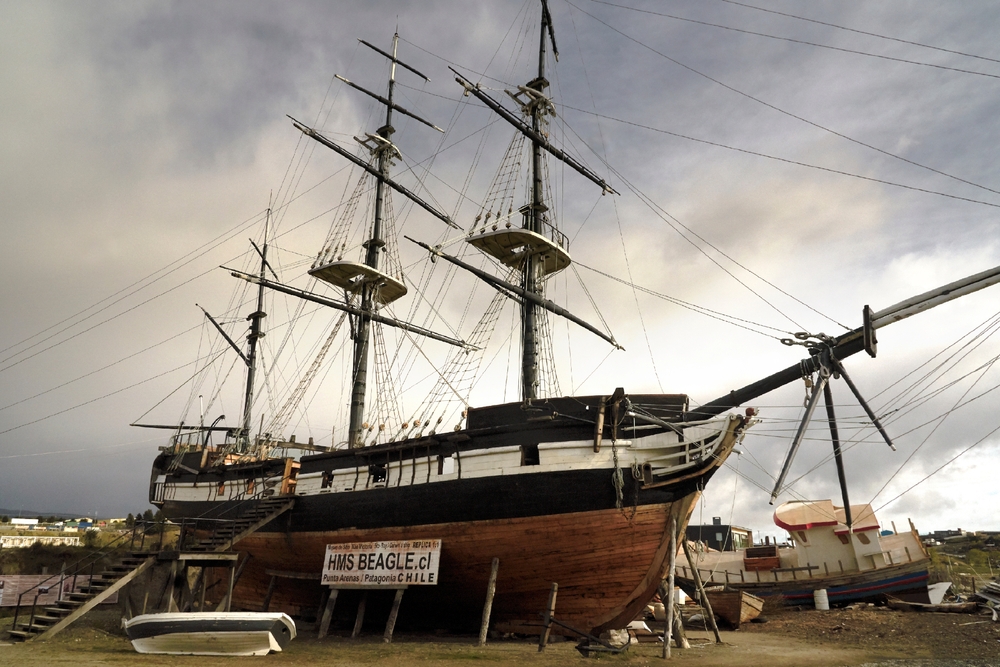
Best known for carrying Charles Darwin on his voyage to the Galápagos Islands, HMS Beagle’s journey from 1831 to 1836 provided crucial observations that contributed to Darwin’s theory of evolution. This 90-foot brig-sloop made significant contributions to science and natural history.
Queen Mary
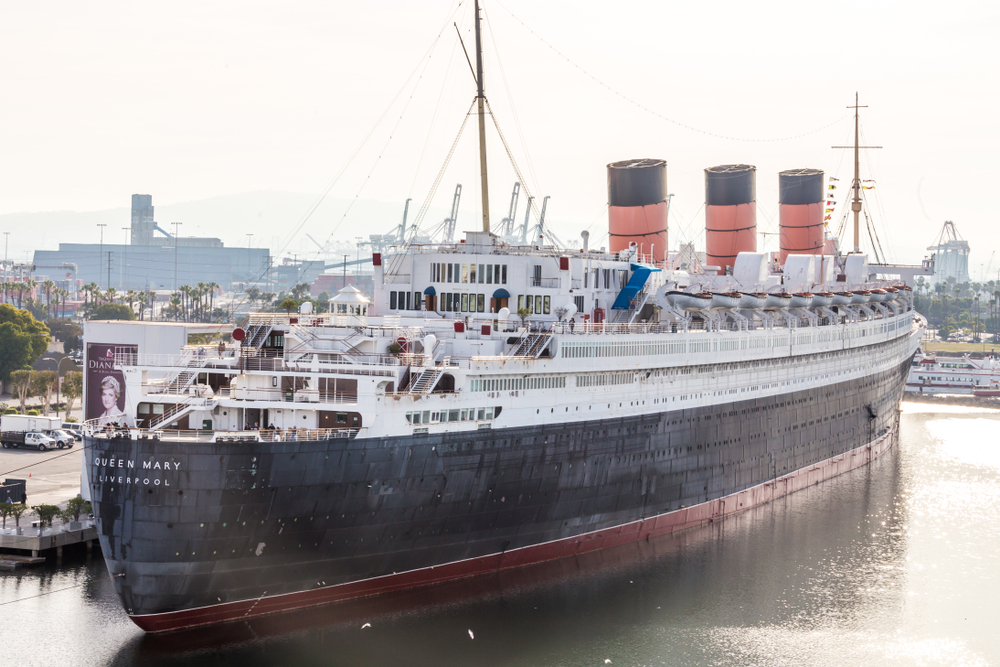
The RMS Queen Mary, launched in 1936, was a British ocean liner that set new standards for transatlantic travel. Known for its speed, it set the record for the fastest North Atlantic crossing. The ship played a crucial role during WWII as a troop carrier, earning the nickname “The Grey Ghost.”
Bismarck
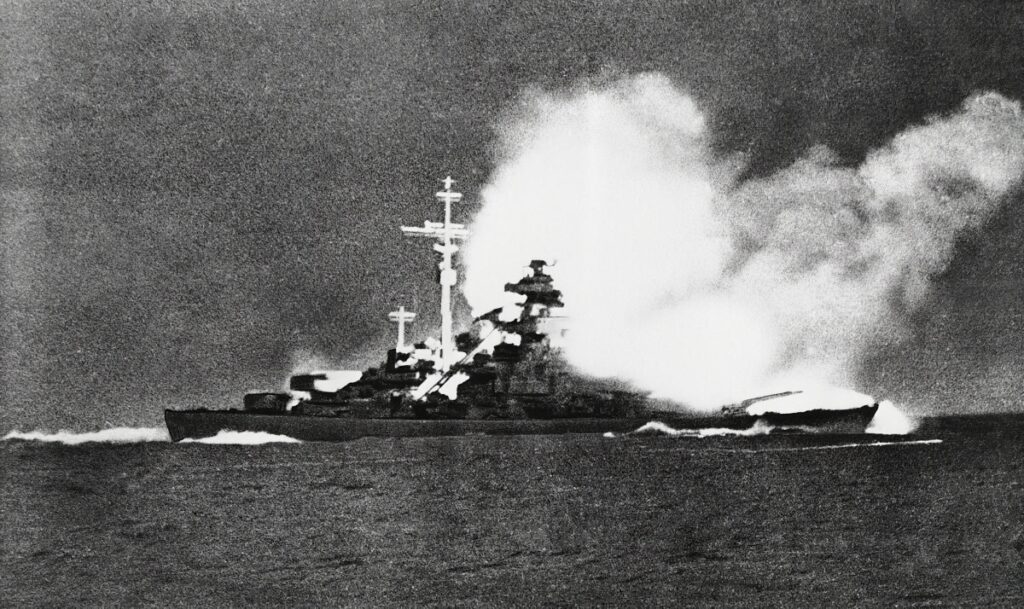
The German battleship Bismarck, launched in 1939, was one of the largest and most powerful battleships of its time. Its sinking by the British Royal Navy in 1941 marked a pivotal moment in WWII, demonstrating the importance of naval power in modern warfare.
Ark Royal

The British aircraft carrier HMS Ark Royal played a key role in WWII, particularly in the sinking of the German battleship Bismarck. Launched in 1937, it was one of the first purpose-built aircraft carriers, showcasing the strategic importance of naval aviation.
Queen Anne’s Revenge
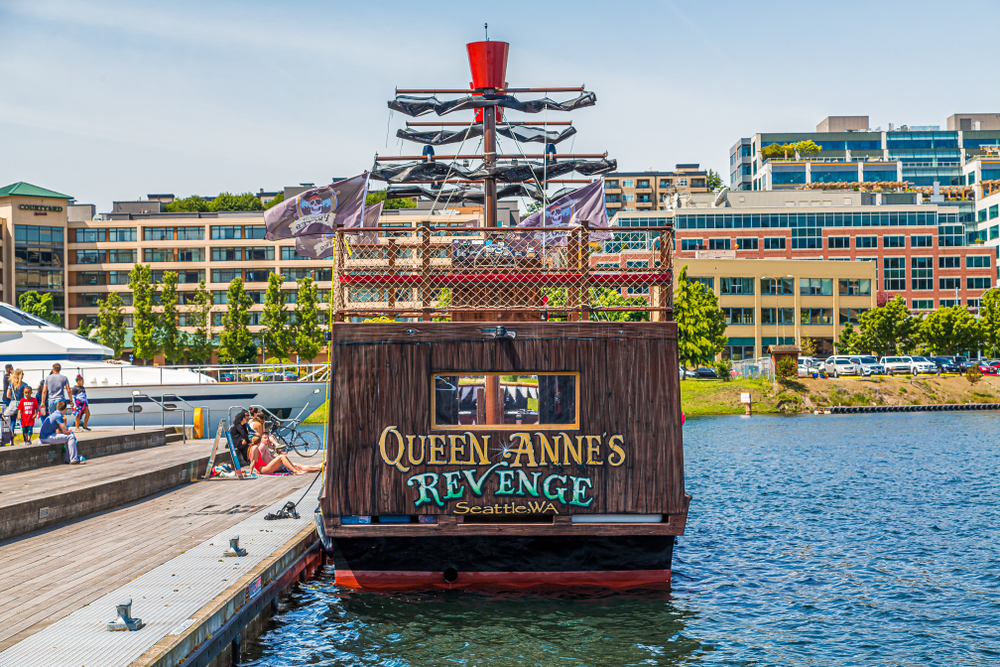
This ship, originally a French slave ship named La Concorde, was captured and used by the infamous pirate Blackbeard. Renamed Queen Anne’s Revenge, it became one of the most feared pirate ships of the early 18th century, symbolizing the golden age of piracy.
Victoria
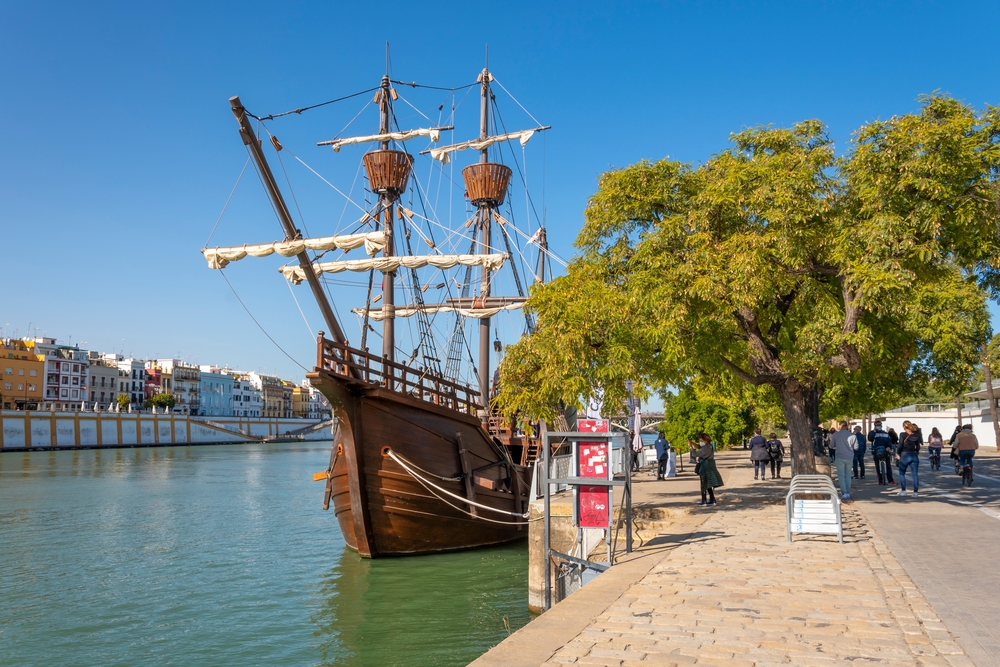
The Spanish ship Victoria, part of Ferdinand Magellan’s fleet, was the first ship to successfully circumnavigate the globe from 1519 to 1522. This monumental voyage proved the world’s roundness and significantly expanded European knowledge of global geography.
HMS Dreadnought
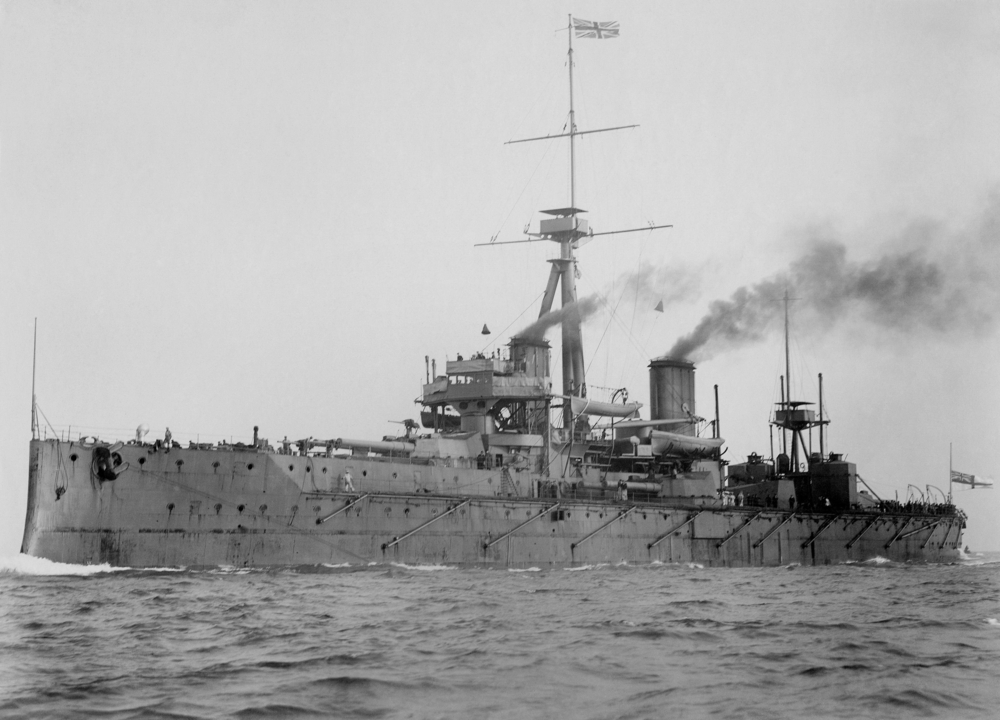
Launched in 1906, HMS Dreadnought revolutionized naval power with its “all-big-gun” design and steam turbine propulsion, making it faster and more powerful than any other battleship at the time. Its introduction sparked a naval arms race leading up to WWI.
Cutty Sark
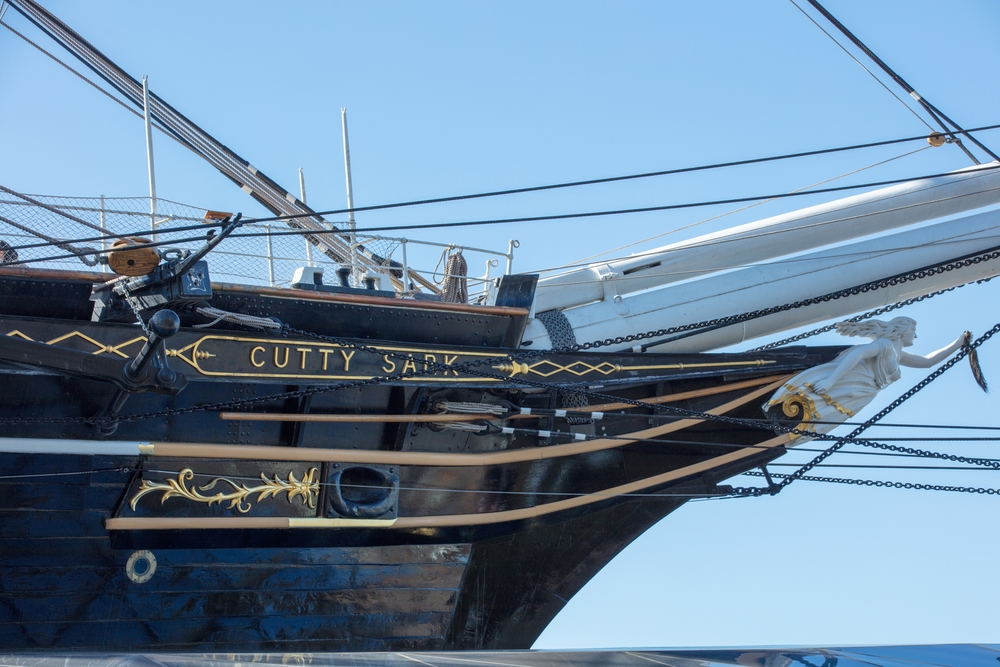
One of the last and fastest tea clippers built, the Cutty Sark was launched in 1869. It represented the pinnacle of sailing ship design, making rapid voyages between China and Britain. Today, it serves as a museum ship, preserving the legacy of the age of sail.
USS Arizona
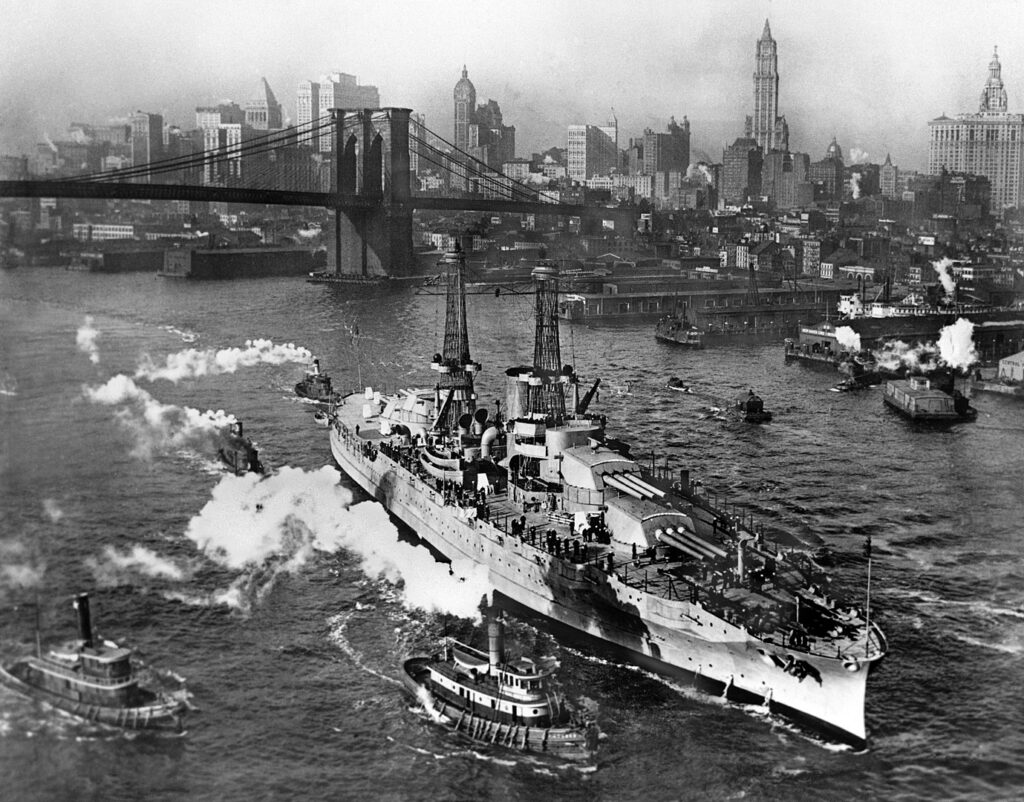
Sunk during the attack on Pearl Harbor in 1941, the USS Arizona became a symbol of American sacrifice and resolve in WWII. The battleship’s wreck remains a war memorial, honoring the sailors who lost their lives during the surprise attack.
RMS Lusitania
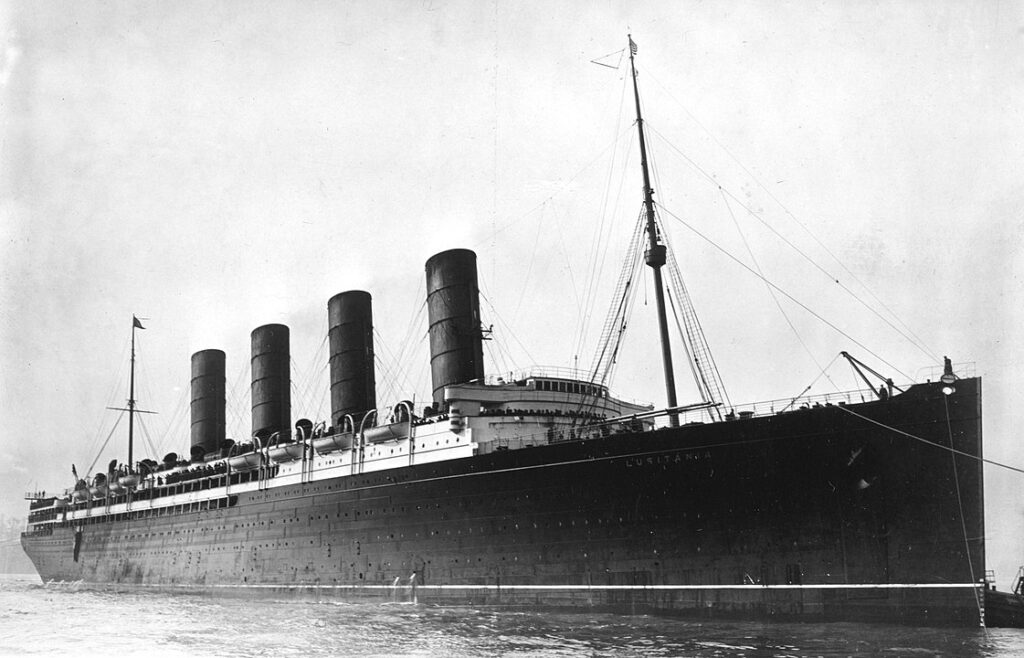
The sinking of the RMS Lusitania by a German U-boat in 1915 significantly influenced the United States’ decision to enter WWI. The tragedy, which resulted in the deaths of 1,198 passengers and crew, highlighted the dangers of unrestricted submarine warfare.
Yamato
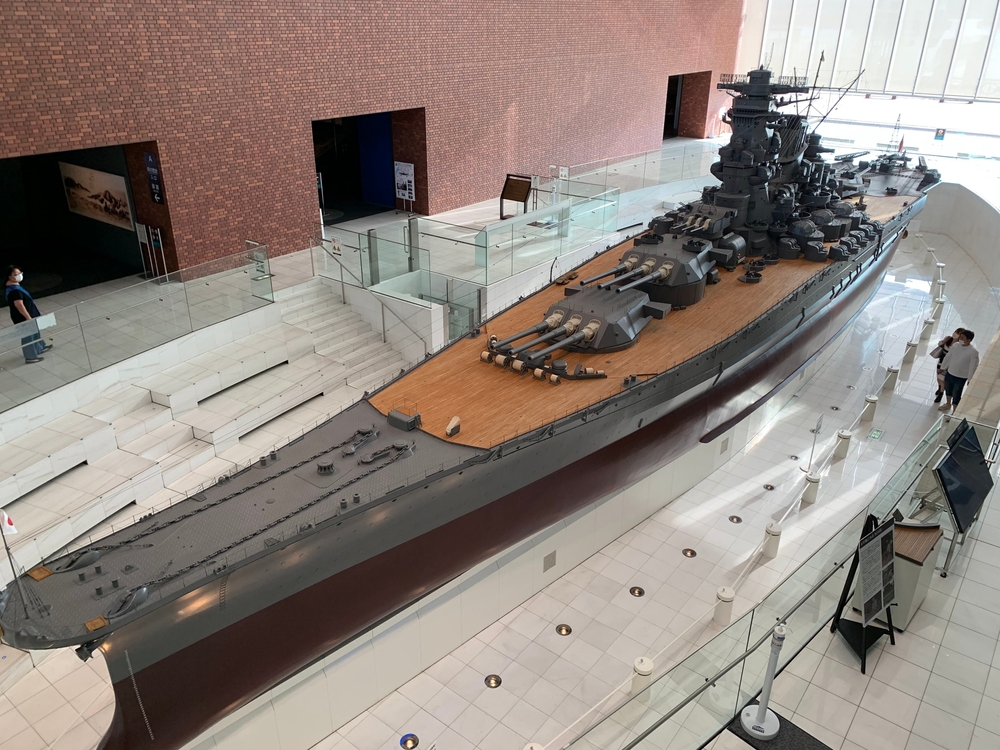
Launched in 1940, the Japanese battleship Yamato was the largest battleship ever built. Its immense size and firepower represented the peak of battleship design. However, its sinking in 1945 underscored the changing nature of naval warfare, with air power becoming increasingly dominant.
This article originally appeared in MyCarMakesNoise.
More from MyCarMakesNoise
15 Ambitious Aircraft Carriers That Never Took Flight
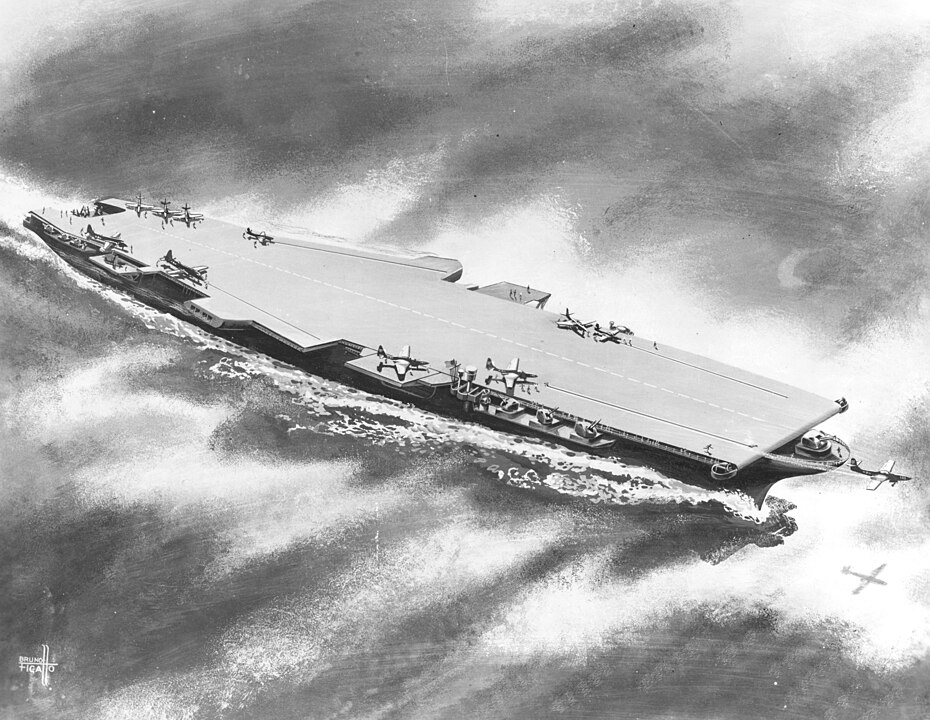
Aircraft carriers are the giants of naval warfare, representing the pinnacle of military engineering and strategic prowess. However, not every ambitious design made it past the drawing board. Read More.
20 Most Stylish Chevrolet Models of All Time
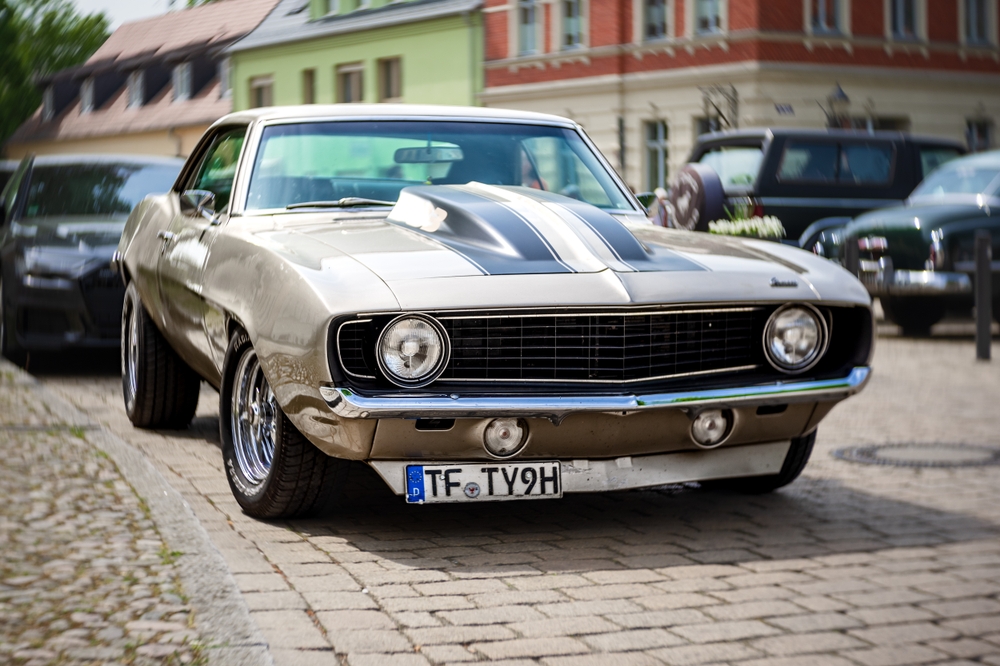
Chevrolet has long been synonymous with quintessentially American automotive design and innovation. From sleek sports cars to rugged trucks and everything in between, Chevy has produced some of the most iconic and visually stunning vehicles on the road. Read More.
21 Dependable Cars Mechanics Recommend

When it comes to choosing a new car, reliability is often at the top of the list for most buyers. After all, a dependable car means fewer headaches, lower maintenance costs, and better overall value. Read More.



